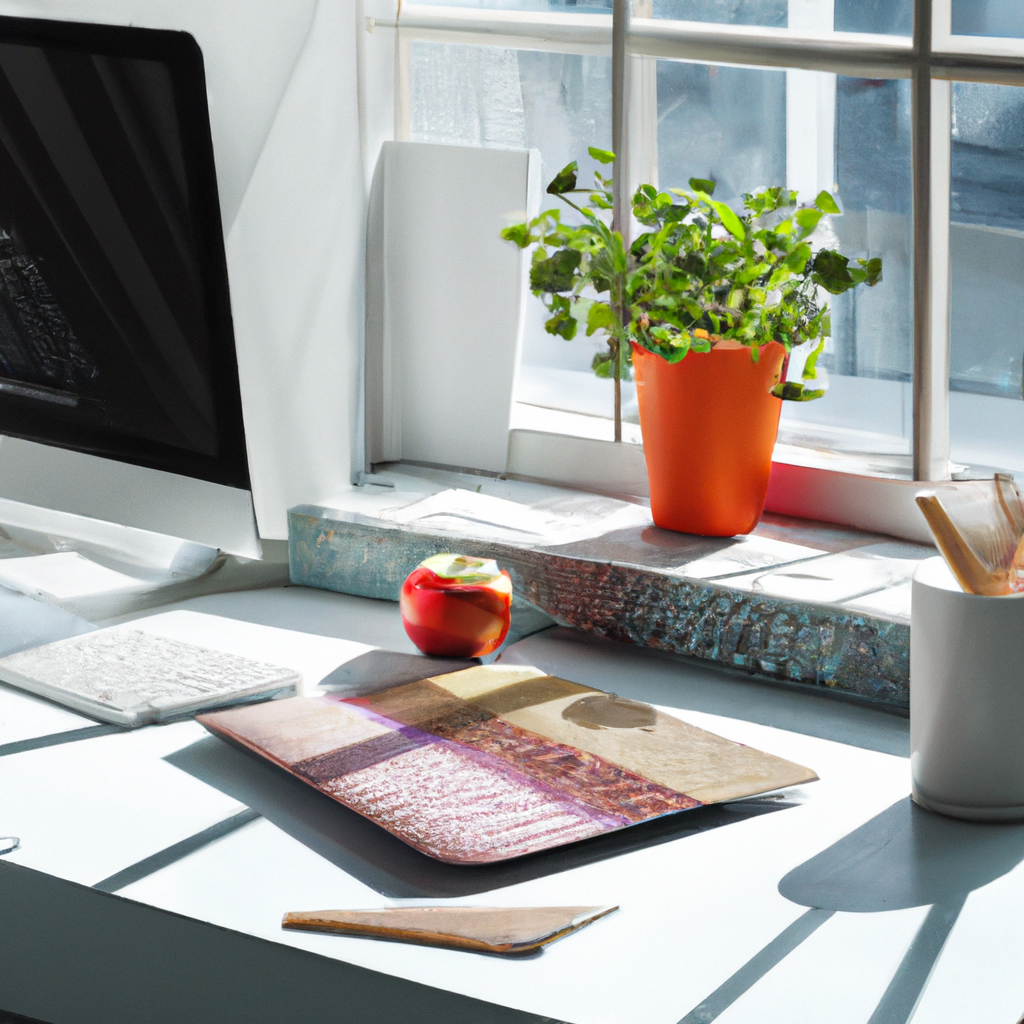
Whether you’re a remote worker, a freelancer, or someone who just likes to have a cozy spot at home to catch up on emails and projects, having an energy-efficient home office can make a big difference in your comfort and productivity. Designing a low-energy home office doesn’t have to be complicated or expensive. By making some simple changes to your space and habits, you can create an environment that is both inviting and eco-friendly.
Let’s start with the basics – lighting. Natural light is not only good for your mood but also helps you reduce your energy consumption. Position your desk near a window to take advantage of natural light during the daytime. Consider using curtains or blinds that allow you to control the amount of light coming in, helping you reduce the need for artificial lighting.
When it comes to artificial lighting, opt for energy-efficient LED bulbs. LED bulbs are not only long-lasting but also consume less energy than traditional incandescent bulbs. Choose fixtures that provide task lighting directly over your workspace to minimize the need for lighting the entire room.
Next, let’s talk about electronics. Your home office may be filled with gadgets and devices that consume energy even when turned off. To reduce your energy usage, consider using power strips that allow you to easily turn off multiple devices when not in use. Unplug chargers and other electronics when they are not actively charging to prevent “phantom” energy consumption.
Investing in energy-efficient office equipment can also make a difference. Look for computers, printers, and other devices with ENERGY STAR ratings to ensure they are designed to be energy-efficient. Set your devices to sleep mode when not in use, and consider using power management settings to automatically power them down when idle.
Now, let’s focus on the temperature in your home office. Proper insulation and sealing can help you maintain a comfortable temperature without relying heavily on heating or cooling systems. Make sure there are no drafts around windows and doors, and consider using weather-stripping or caulk to seal any gaps.
Using a programmable thermostat can also help you manage your energy usage effectively. Set the temperature to be slightly cooler in the winter and slightly warmer in the summer while you’re working to reduce the load on your heating and cooling systems. Don’t forget to adjust the settings when you’re not using the space to save even more energy.
When it comes to furniture and decor, choose items made from sustainable materials whenever possible. Opt for furniture that is both functional and ergonomic to support your health and well-being while working. Incorporate indoor plants to improve air quality and add a touch of nature to your workspace.
Lastly, don’t forget about the power of good habits. Remember to power down your devices and lights when you’re done working for the day. Take breaks to step outside and enjoy some fresh air and natural light. By being mindful of your energy consumption and making small changes to your habits, you can create a low-energy home office that is not only efficient but also a joy to work in.
Designing a low-energy home office is a worthwhile investment in your comfort, productivity, and the environment. By making conscious choices in lighting, electronics, temperature control, furniture, and habits, you can create a space that is both energy-efficient and inviting. Start small with these tips and build upon them to transform your home office into a cozy, eco-friendly sanctuary where you can thrive.
